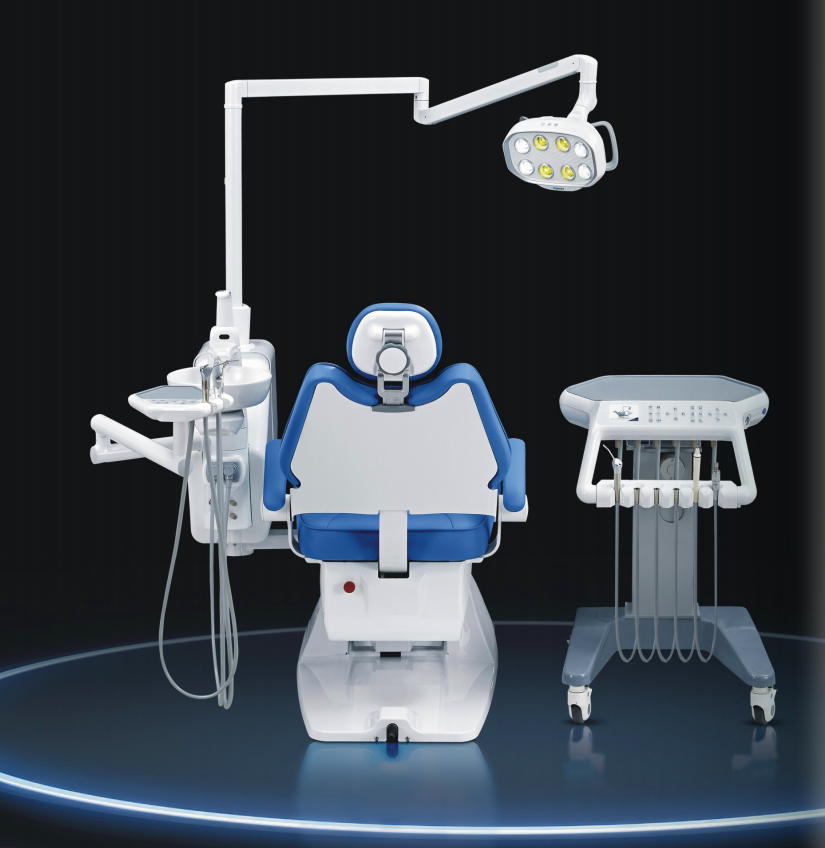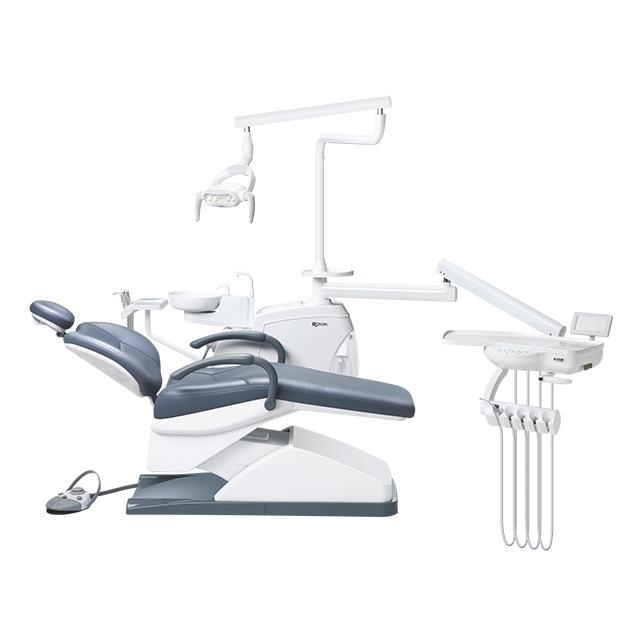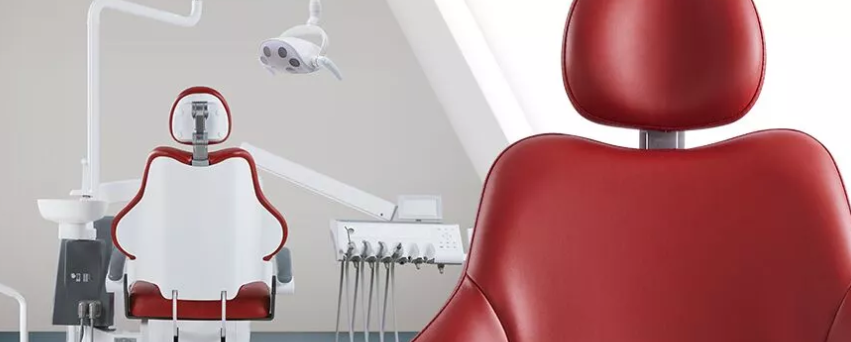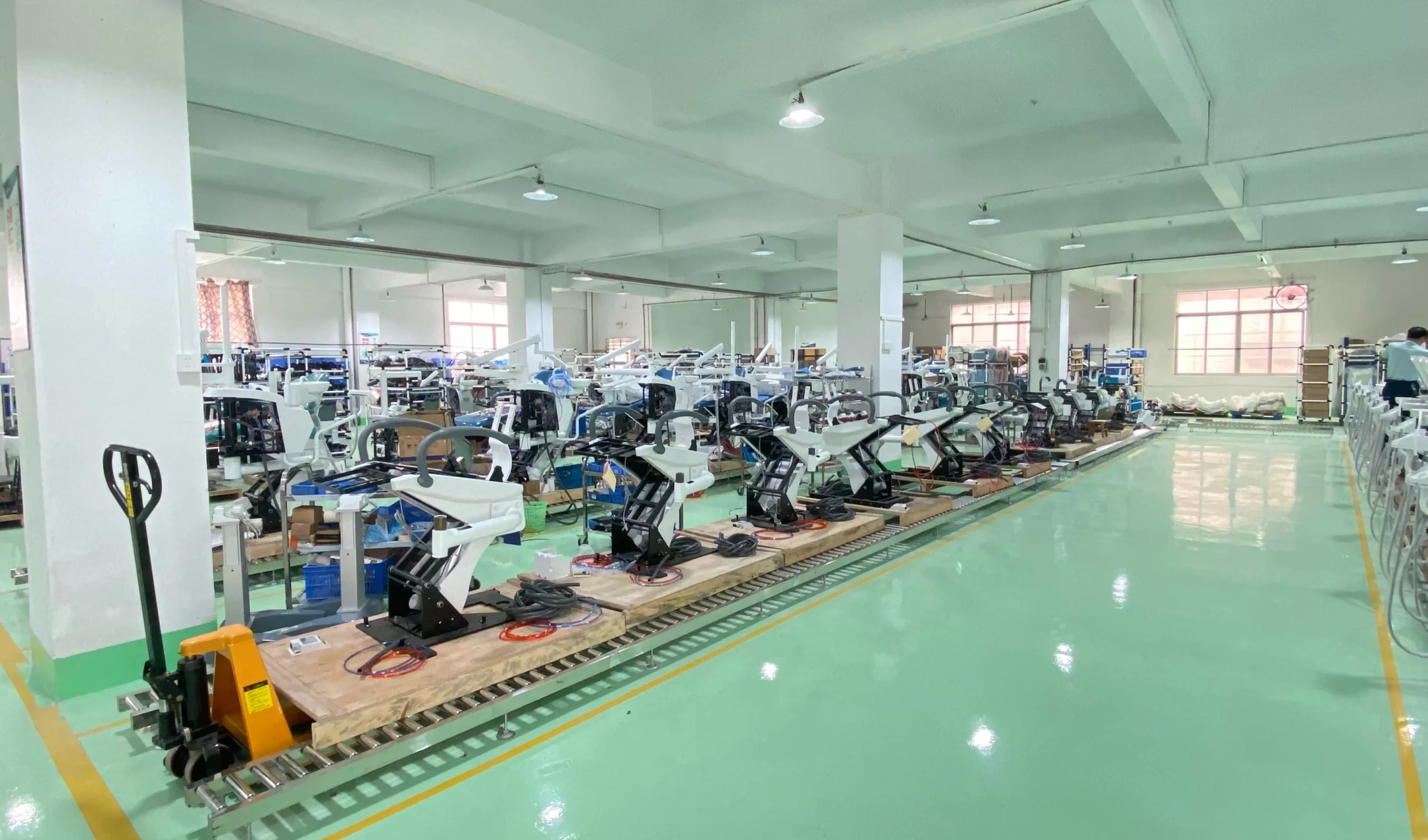Leaks from water and air while using your dental handpieces can completely ruin your procedures and even cost you some money. If you have a high-speed dental handpiece, an electrical one, or a dental surgical handpiece, most of these leaks are typically a result of worn-out O-rings, damaged seals, or loose links. The good news? Most of these issues can be fixed by yourself as long as you know what to look for.
How Do You Diagnose Water Leaks in Your Dental Handpiece?
Locating the leak is as much as half the fight, you know? Before you can go disassembling everything, you’ve gotta pin down precisely where the issue is originating from.
Water Leak Detection Methods
Leaking water is typically quite obvious. Place your high speed dental handpiece on and inspect for drips or spray from locations that it shouldn’t be. Some familiar places are where your handpiece connects to your tubing, on the back of your handpiece head, or from your chuck area. If water accumulates on your tray or you spot moisture where your handpiece connects, you identified your perpetrator.
Air Leak Detection Techniques
Air leaks can be a pain because they’re not always visible. Just listen for any hissing sounds or use your hand to feel for air sneaking out. Here’s a quick test: just cover the handpiece outlet with your finger. If you hear air coming from another spot, that’s where your leak is. Electric dental handpieces might act up, losing power or spinning weirdly when there are air leaks.
High Speed Dental Handpiece Inspection Points
High-speeds are literally taking a pounding because they are moving at crazy velocities. Start with the turbine housing—that’s where most of your Leaks are going to come from. Next, inspect the back cap where your handpiece connects to your tubing. Are you seeing cracks or worn areas? Finally, inspect your O-rings at your point of connection. They should be smooth and round in cross-section; flattening, cracks, or brittleness indicate wear.
Beyond leak prevention, many clinicians also look at how high-RPM high-speed handpieces improve cutting efficiency and shorten chair time when planning equipment upgrades.
Checking Out Electric Dental Handpieces
Electric handpieces have different weak points. Start with the motor housing connection—that’s where the electrical and air systems meet. Check the coupling mechanism carefully. Unlike high speed models, electric dental handpieces use gears instead of turbines, so look for any moisture around the gear housing.
Common Leak Locations
Here’s a quick reference for where leaks usually pop up:
| Handpiece Type | Most Common Water Leak | Most Common Air Leak |
| High Speed Dental Handpiece | Chuck area, head connection | Turbine housing, back cap |
| Electric Dental Handpiece | Gear housing seal | Motor coupling, connection port |
| Dental Surgery Handpiece | Irrigation ports | Torque mechanism seals |
Diagnostic Tools You’ll Need
You don’t need a huge toolkit. Grab a magnifying glass or loupe to spot tiny cracks, a clean cloth to check for moisture, and a can of soapy water. Spray the soapy water on suspected air leak spots—bubbles will show you exactly where air is escaping.
How Do You Repair Dental Handpiece Water and Air Leaks?
Now that you know what you are dealing with, let’s fix it. Most of these solutions only take 15-30 minutes once you are familiar with them.
Pre-Repair Preparation
Rinse your handpiece off thoroughly and let it cool down if you used it recently. Set up your workspace with a clean towel—you’ll be working with small parts that like to roll off. Set up your new O-rings and make sure you have your proper size for your specific model of handpiece. Have some manufacturer-approved grease on hand as well.
O-Ring Replacement Procedure
Here’s the easiest fix. Just unplug your dental handpiece from the tubing. Check out the O-rings where they connect—there should be two or three hanging out there. Grab a dental explorer or a little pick to take out the old O-rings gently. Make sure you don’t use anything super sharp that could scratch the metal. Take the new O-rings and roll them between your fingers with a bit of lubricant—it’ll help them fit in nicely.
Seal Inspection and Replacement
Internal seals are more difficult since you may have to disassemble part of the handpiece. On high speed dental handpieces, take off the back cap. The turbine assembly is revealed. The rubber seal is usually found around it—if it’s dry, cracked, or distorted, it must be replaced. Electric dental handpieces possess seals on both sides of the gear housing that are more reliant on disassembly.
Connection Port Cleaning and Tightening
Occasionally the “leak” is simply gunk accumulation that is inhibiting a good seat. Wipe the connection ports with alcohol on cotton swabs. Inspect threads on dental surgical handpieces—smooth only, never cross-threaded nor stripped. When tightening connection pieces, do it only hand-tight. Over-tightening actually destroys seals and exacerbates leaks.
Reassembly and Testing
Put everything in reverse order. As a precautionary measure, visually inspect it before you put it on your system. Put on your handpiece and test off with a bur at first. Listen and look for leaks. No leaks? Good. Put a bur in it and test under normal operating circumstances.
How Can You Prevent Water and Air Leaks in Dental Handpieces?
Prevention is better than repair always. Daily maintenance makes a big difference.
Daily Cleaning and Maintenance Standards
Heat-sterilize your dental handpiece between patients per CDC guidance. Turn it on for 20–30 seconds to evacuate debris. Disinfect outside with a disinfectant wipe. Before sterilizing, cycle through your system with cleaner according to your manufacturer’s procedure. After sterilizing, allow handpieces to cool off fully before storage.
Proper Lubrication Techniques
Lubricate your high speed dental handpiece before every sterilization cycle—not after. The heat distributes the lubricant throughout the turbine. Use only manufacturer-approved lubricant. For electric dental handpieces, follow the manufacturer’s schedule—many electric motors should not be lubricated; follow the IFU for your model.
Regular Check-Up Schedule
Set your calendar with a reminder to inspect O-rings once per month. It’s a 5-minute task that identifies problems before they occur. Four times a year, take a more detailed inspection of everything that connects. Document when you replace parts—it aids when estimating when replacement next is.
Sterilization Best Practices
Autoclaving is hard on dental handpieces. Always use the correct cycle—too long or too hot contributes to seal destruction. Remove bur before sterilizing. Make sure that your handpieces are dry before loading them in the autoclave.
FAQs
Q1. How Long Should a Well-Maintained Dental Handpiece Last Before Premature Leaks?
Laboratory testing suggests many high-speed handpieces/turbines can maintain performance for roughly 500 sterilization cycles under proper maintenance; real-world service life varies with use, water quality, and care. Focus on function, not calendar time: monitor seals and O-rings and replace as wear appears. Intervals for O-ring changes depend on usage and manufacturer guidance rather than a fixed monthly schedule.
Q2. Is It Worth Learning to Fix Leaks Myself or Should I Just Send Everything Out for Repair?
Simple repairs such as O-ring replacement are often feasible in-house and can reduce service fees and downtime. Leaks frequently trace to worn O-rings or seals; inspect and replace as needed. Anything that requires internal turbines, motor assemblies, or gear housing is best left to experts. Chances of further damage while trying to save money are not worth it, besides you may be voiding warranties.
Q3. Can Aggressive Cleaning or Wrong Disinfectants Cause Dental Handpiece Leaks?
Definitely, harsh chemicals such as bleach or alcohol-based solutions that are not licensed for dental handpieces degrade rubber O-rings and seals over time. Do not immerse or ultrasonically clean hand pieces unless explicitly permitted by the manufacturer; follow heat-sterilization and IFU. Some offices ultrasonically clean handpieces—significant error unless your manufacturer sanctions it specifically. The vibrations may loosen fasteners as well as compromise internal seals. Use manufacturer-approved cleaning solutions and techniques only. Never submerge cleaning solutions on handpieces—it pushes liquids into places that must remain dry.
Prevention is better than cure
Begin checking your dental handpieces today—verify those O-rings and points of connection prior to them becoming larger issues. Schedule a routine maintenance regimen and store extra O-rings on hand. Educate your staff in the proper maintenance of handpieces since prevention is indeed easier than correction. Have you got a leak you cannot diagnose? Consult your manufacturer before turning a cheap fix into a costly replacement.












